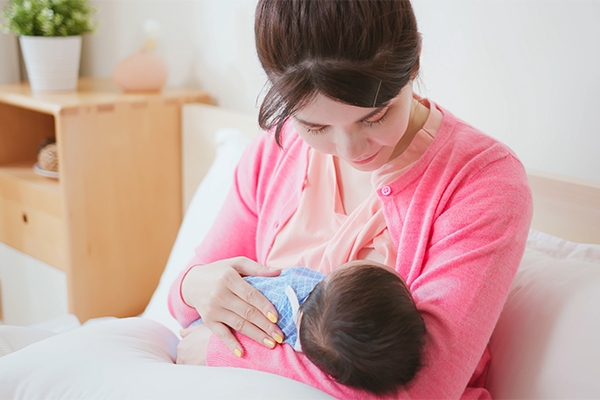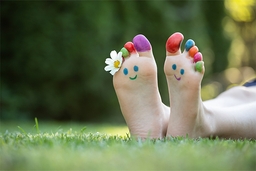Rash and Itchy Nipples: A Small Problem That Can Cause Big Discomfort

The first few days after welcoming your little one are filled with a range of emotions. On one hand, there’s the joy of breastfeeding and bonding with your baby. On the other hand, many mothers face new challenges. One of which is nipple problems, including itching, rashes, and even pain.
You may have wondered, “Why do my nipples feel itchy or sore when breastfeeding?” Or perhaps you’ve worried, “Could this be a yeast infection?”
In reality, many cases of nipple itching or rashes are not caused by yeast.
Recent studies indicate that the most common causes are irritation, allergies, improper breastfeeding positions, or skin conditions such as dermatitis and eczema, rather than Candida, as was once commonly assumed.
Breast rashes: not always harmless

Rashes can appear around the nipple, between the breasts, or underneath them. They can look different. Some are scaly, some blister, and others appear as small patches. They may be very itchy or painful, but sometimes they cause no discomfort at all.
Such rashes can be triggered by many factors, including allergies, irritation, or infection. In rare cases, a breast rash can be an early sign of breast cancer. This is why it’s important to seek medical advice if the rash does not improve.
Common causes of itchy and rashes nipples
1. Contact dermatitis
This is a skin reaction caused by exposure to certain substances, such as nipple creams, nursing pads, soap, or even laundry detergent used for bras. Allergies usually cause intense itching, while irritation often leads to soreness or pain.
2. Eczema
A common skin condition that typically appears on the hands and arms but can affect any area of the body, including the breasts and nipples.
Eczema can become irritated and inflamed due to rough or itchy fabrics like wool or synthetics.
Symptoms on the breast may include dry, cracked patches on the breast, areola, or nipple. The skin may look red, irritated, or inflamed.
3. Milk bleb
Sometimes, a small white spot appears at the tip of the nipple. This isn’t an infection, but rather a blocked nipple pore caused by trapped breast milk. While it may look uncomfortable, you can usually continue breastfeeding as normal.
4. Subacute mastitis
This is not the acute type of mastitis that causes high fever, but rather a chronic inflammation caused by bacterial imbalance.
It can be very painful, especially during breastfeeding, and is often accompanied by a bleb on the nipple.
What you can do
If your nipples are sore, itchy, or have a rash, the first step is to identify the cause. Treatment will depend on the diagnosis, which may include:
- Steroid creams for dermatitis
- Antibiotics are used if subacute mastitis is diagnosed
- Avoiding irritation triggers, such as switching soaps or nursing pads
Gentle care for sensitive areas

The skin around the nipples is very sensitive, especially during breastfeeding. This is why your choice of care products matters.
To help relieve mild irritation or minor cracks, wund+™ Wound Spray GWS Wellness can be used as a rinse-free antiseptic that doesn’t sting.
Its hypochlorous acid–based formula is safe and effective for sensitive areas, including for breastfeeding mothers.
How to prevent nipple itching
Breastfeed in the correct position, keep the breast area clean, and wear a comfortable nursing bra to help prevent skin problems. Avoid tight clothing and allow your nipples to “breathe” occasionally to keep the skin healthy.
Here are some preventive steps to reduce nipple and breast itching:
1. Change your clothes and bra regularly
Wearing clean, dry clothing reduces the risk of fungal infections and irritation caused by bacterial buildup. Always change your clothes regularly, especially after sweating.
2. Moisturize your nipples
Keeping your breasts and nipples moisturized helps prevent irritation and itching, especially during colder months when dry skin is more common.
If you experience itching during pregnancy or breastfeeding, use nipple creams, compresses, or other baby-safe products suitable for nursing mothers.
3. Avoid allergens
If you are allergic to certain detergents, soaps, or fabrics, try to avoid them. Be aware that overexposure to certain chemicals, such as chlorine, can irritate. Limit or avoid allergens and irritants to prevent itchy nipples.
Give yourself the best care with wund+™, so your breastfeeding journey stays comfortable and full of love.



